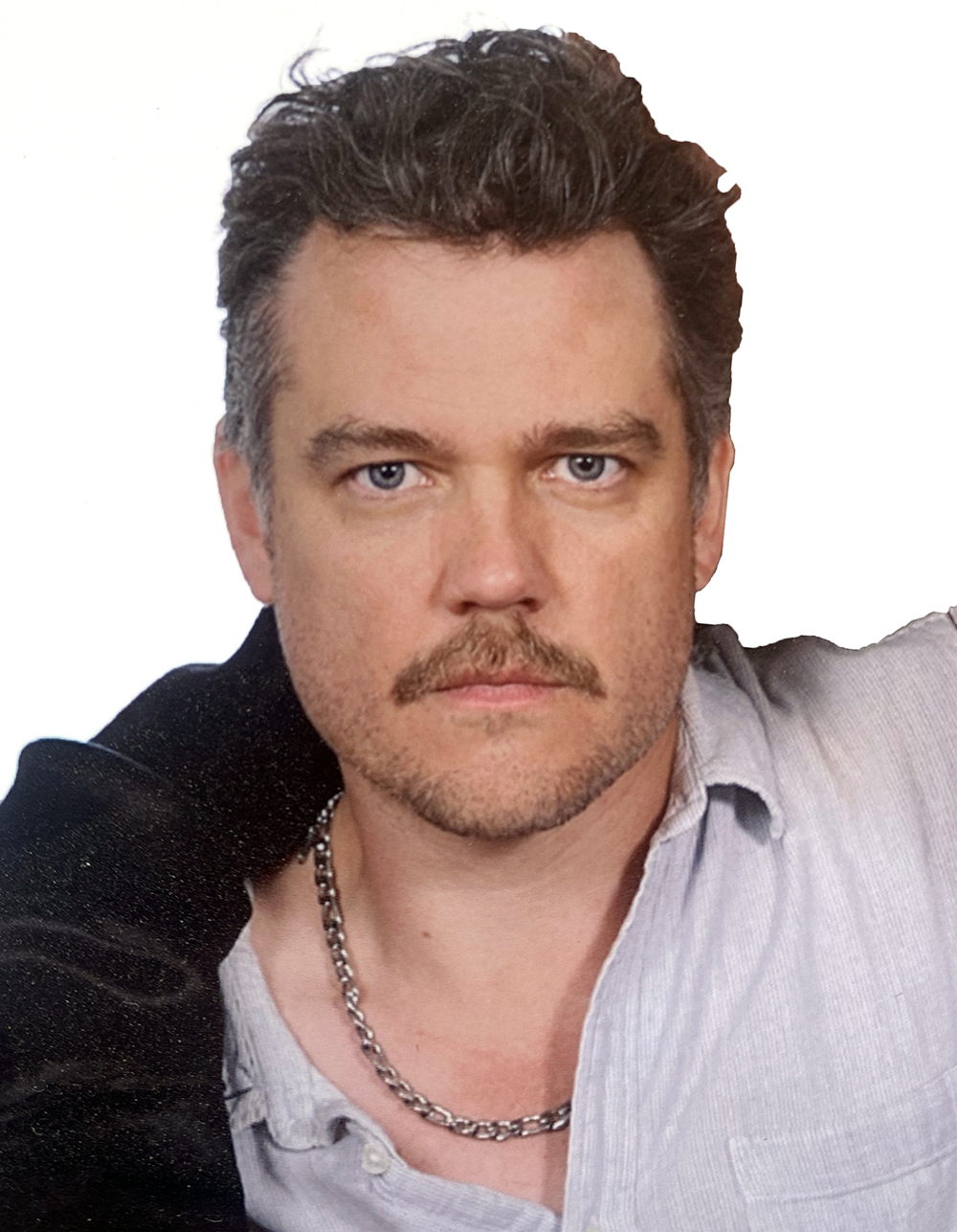"Why do we oscillate between old habits and new habitats, settling for yesterday’s ideas while envisioning distant futures? Why does real estate continue to dictate the uniform organisation of our cities, leaving little room for versatility or vulnerability? Why are our Western cities still carved from the same stone?
Through conversations with the users of space rather than spatial professionals, I aim to break down the walls we have built. Not by starting from scratch, but by experimenting with the traditional spatial and societal boundaries of the city of Antwerp. How can we approach them differently so that they can connect and enable, instead of divide and prevent?
Despite numerous ambitious and innovative plans, the most successful way we have inhabited the world for centuries is under increasing pressure. But what do we truly mean by ‘inhabitability’?
We often know it in its negative form – as a set of technical regulations that our homes must comply with: fresh air, ample light, controlled temperature, building performance, continuous safety, guaranteed privacy, respected silence, impeccable appearance… It’s what we often expect from a home ourselves. But the rules around it are mainly determined by the government. Why do we accept this one-way agreement?
Moreover, the same criteria that are considered vital for the inhabitability of our private spaces do not seem to apply to the public realm, let alone the city as a whole. If the city were a house, it would be instantly declared uninhabitable.
What if we approached the city as our shared house for real? Who is responsible for what? Who sets the house rules? Who takes care of the housekeeping? Who holds the keys to what spaces?
Can the city be a collective home wherein we reconsider societal norms, real estate trends, cultural habits, family dynamics, public-private divisions, and the work-life balance?
To test this hypothesis, I am organising a series of ‘tacts’ – invitations to engage with, work around, or rebel against what you know and don’t know about inhabitability."
Nik Naudts





